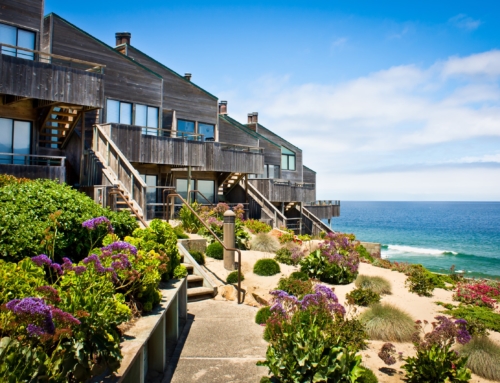Q: We just purchased a house for future retirement use and declared it not a primary residence during the transaction.
We would like to know how we can change it to the primary residence while still keeping our current residence. Thanks.
A: You can only have one primary residence at a time. Simply declaring to the world that your new home is actually your primary residence isn’t quite enough. You actually have to live there for a majority of each year.
If you’re ever audited, the IRS will look up your phone records, bills paid, whether you voted in that district, and other things that would indicate how much time you spent in the new home. You would also have to file your income taxes listing the new home as your primary residence.
When you’re ready to retire to this property, that’s the time you should make it your primary residence. That way, you protect your ability to take the IRS capital gains exclusion for your current property, which amounts to taking the first $250,000 in profits tax-free (up to $500,000 if you’re married). But you only get this as long as you’ve lived in the house for 2 of the last 5 years, and haven’t used the exclusion in the past 24 months.
For more details, talk to your tax preparer or accountant.
Sept. 2, 2005.


I have a home since 1962 i bought.I bought a home across the street for my daughter 11 year ago.We switched homes but not the utility names because we r family.My daughter seperated with her husband and now the home is in foreclosure.Will they now take my equity from my home 2 pay for the foreclosed home?I need help should i get a realtor or a realestate lawyer.I need a place to live.Her and her kids will move with a family memeber i never made money off the house as a second home or investment property.I live in IL Thank you